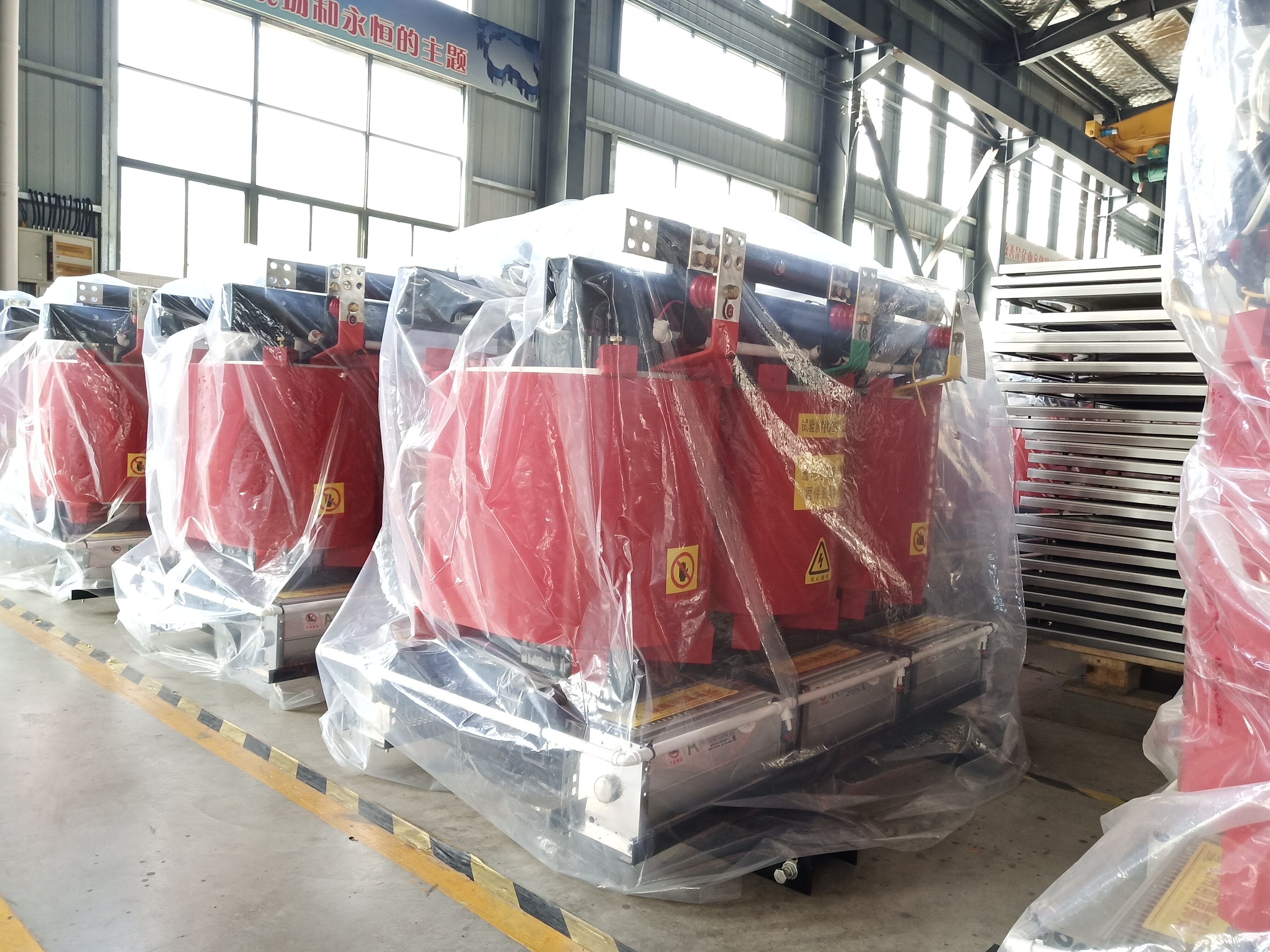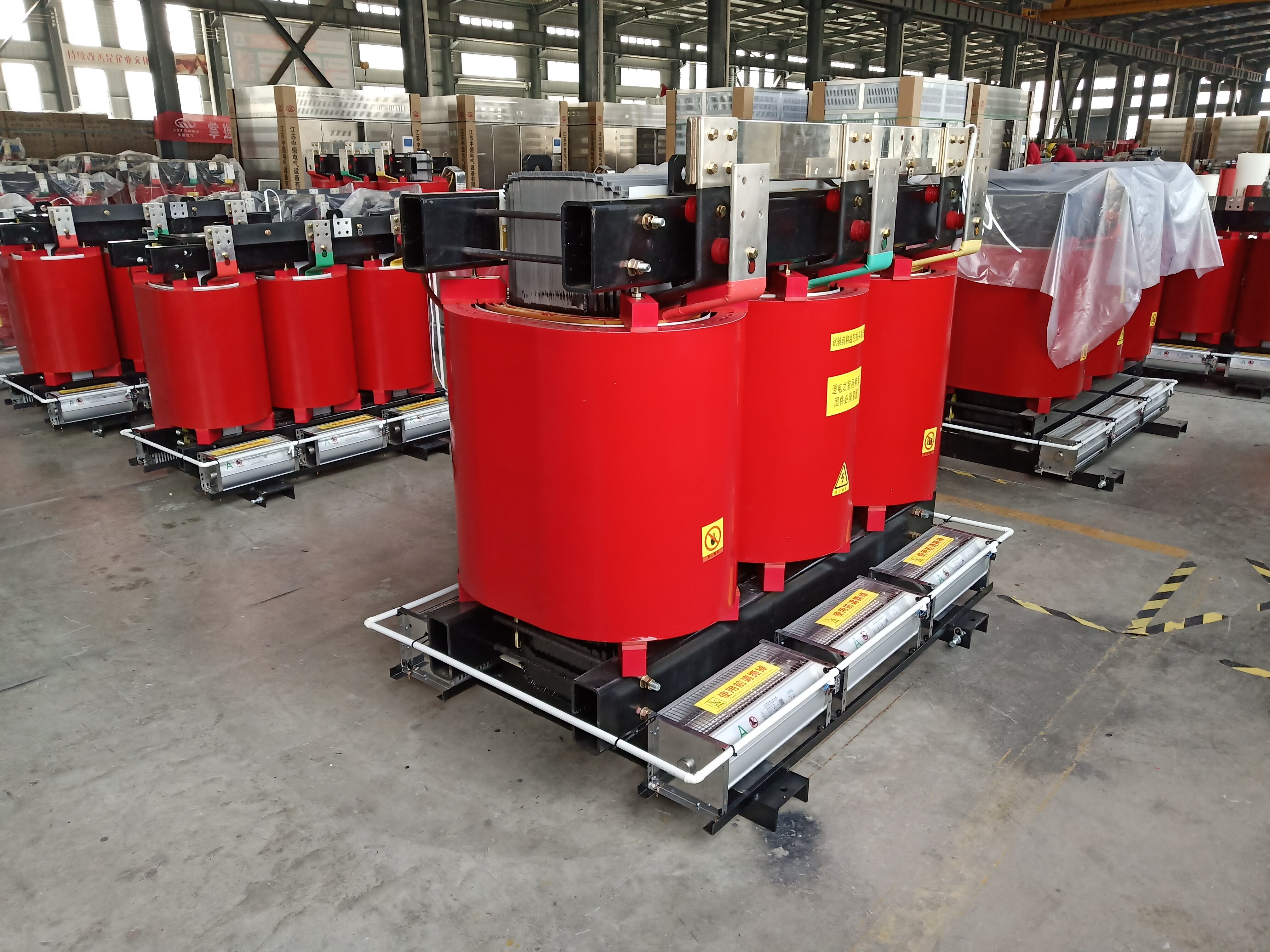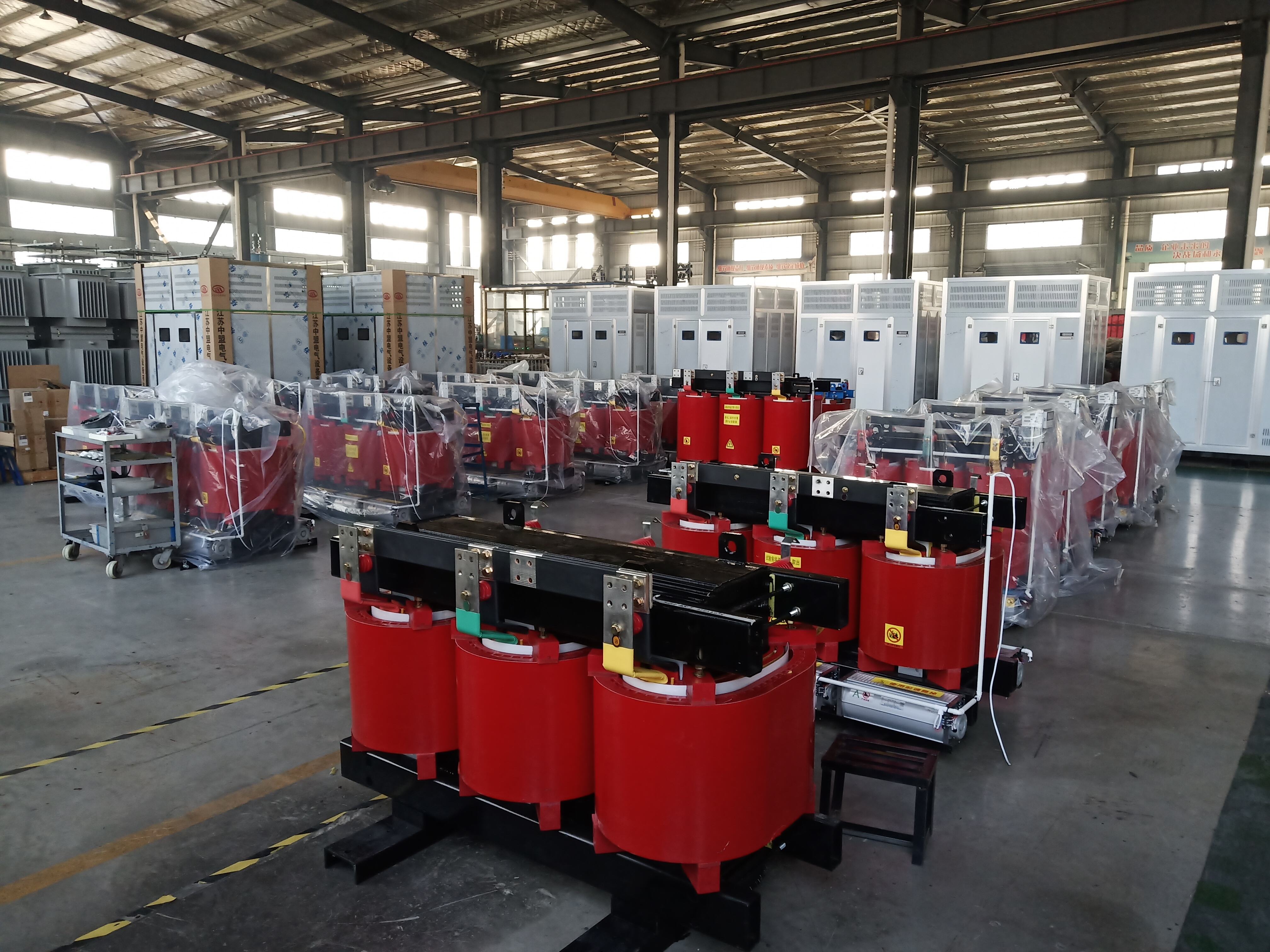oil distribution transformer
An oil distribution transformer is a critical electrical device designed to efficiently transfer electrical power between circuits while maintaining voltage regulation and electrical isolation. These transformers use oil as both a cooling medium and insulating material, enabling them to handle significant power loads while maintaining optimal operating temperatures. The oil serves multiple purposes: it dissipates heat generated during operation, provides excellent electrical insulation, and protects internal components from oxidation and degradation. The transformer's core consists of laminated steel sheets that minimize energy losses, while copper or aluminum windings conduct electricity with maximum efficiency. Modern oil distribution transformers incorporate advanced monitoring systems that track oil temperature, pressure, and quality, ensuring reliable performance and early detection of potential issues. These transformers are widely deployed in industrial facilities, commercial buildings, and residential areas, serving as crucial links in the power distribution chain. They effectively step down high voltage power from transmission lines to usable levels for end-users, while maintaining strict safety standards and operational reliability. The design typically includes protective features such as pressure relief devices, oil level indicators, and temperature gauges to ensure safe operation under various load conditions.


